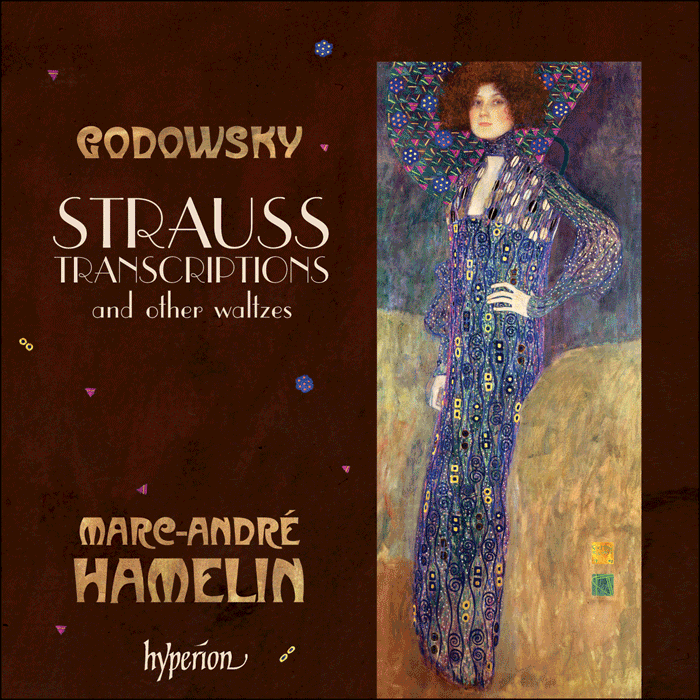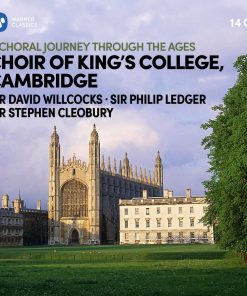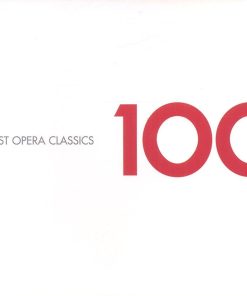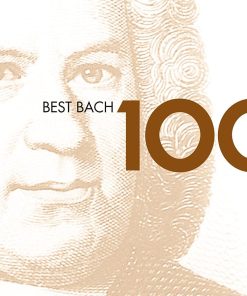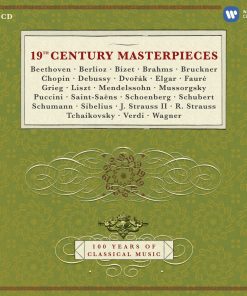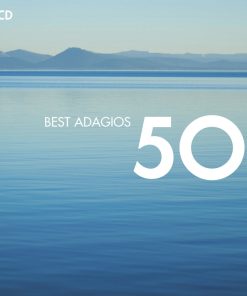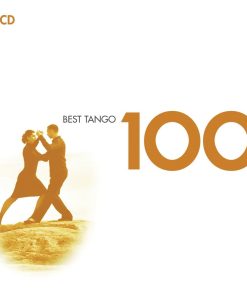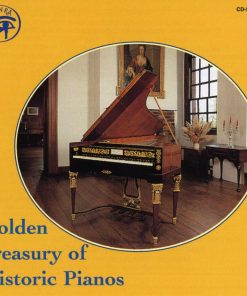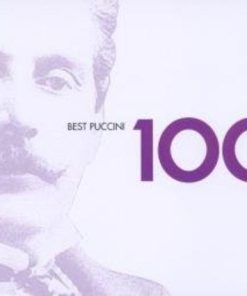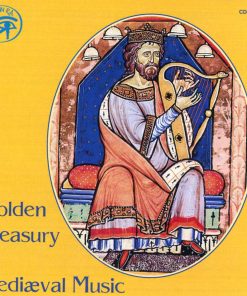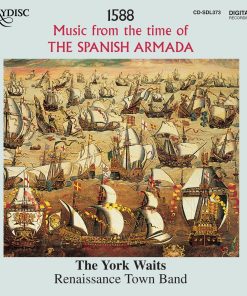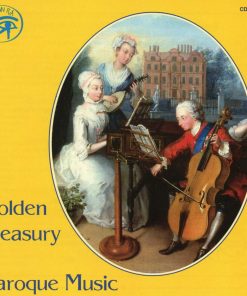GODOWSKY: Strauss transcriptions & other waltzes – Marc-André Hamelin Hyperion
$ 20,99 $ 12,59

Symphonische Metamorphosen Johann Strauss’scher Themen[38’01]Johann Strauss (1825-1899)
1
Künstlerleben[14’55]Walzermasken
2
No 2: Pastell[2’05]3
No 14: Französisch[2’42]4
No 22: Wienerisch[2’56]5
No 24: Portrait—Joh. Str.[6’02]Symphonische Metamorphosen Johann Strauss’scher Themen[38’01]Johann Strauss (1825-1899)
6
Die Fledermaus[11’04]Triakontameron
7
No 4: Rendezvous[2’46]8
No 11: Alt Wien[2’39]9
No 13: Terpsichorean Vindobona[2’09]10
No 21: The Salon[3’02]11
No 25: Memories[3’48]Symphonische Metamorphosen Johann Strauss’scher Themen[38’01]Johann Strauss (1825-1899)
12
Wein, Weib und Gesang[12’02]Die letzte WalzerOscar Straus (1870-1954)
13
Theme: Waltz[2’33]

Marc-André Hamelin’s programme is mostly devoted to Godowsky’s works based on themes by—or directly inspired by—Johann Strauss II. It is not intended to be a comprehensive survey but is, nevertheless, fully representative of Godowsky’s finest reflections on the Waltz King. In the three great Strauss transcriptions, Godowsky elevated the art of the piano paraphrase to a higher musical and pianistic plane; however their extreme technical difficulty remains a striking feature and places them out of the reach of ordinary pianists. And Marc-André Hamelin is, of course, no ordinary pianist—in fact his playing on a recent disc was compared to that of Alkan and Liszt.
Triakontameron and Walzermasken are rarely performed examples of Godowsky’s original work, and continue the composer’s love-affair with the waltz—they are written entirely in 3/4 time.
The last work on this dazzling disc is an oddity—indeed, a rarity. Sometime prior to 1925, Godowsky made a piano roll of his arrangement of The Last Waltz by Oscar Straus (1870–1954), the Vienna-born composer. The eponymous Waltz is heard throughout the 1920 operetta. The music of Godowsky’s transcription was never published for some unknown reason—it is a uniquely appealing arrangement. In the early 1970s, Gilles Hamelin, the pianophile father of Marc-André, notated, arranged and edited The Last Waltz from Godowsky’s piano roll, which was then published in 1975. Shortly afterwards, a copy of the negative of Godowsky’s manuscript was sent to Gilles Hamelin. It was all but illegible, so Hamelin Snr. made a fair copy in his own hand: in almost every respect it tallied with the version he had transcribed from the piano roll.
Fast Shipping and Professional Packing
Due to our longstanding partnership with UPS FedEx DHL and other leading international carriers, we are able to provide a range of shipping options. Our warehouse staff are highly trained to pack your goods exactly according to the specifications that we supply. Your goods will undergo a thorough examination and will be safely packaged prior to being sent out. Everyday we deliver hundreds of packages to our customers from all over the world. This is an indication of our dedication to being the largest online retailer worldwide. Warehouses and distribution centers can be located in Europe as well as the USA.
Orders with more than 1 item are assigned processing periods for each item.
Before shipment, all ordered products will be thoroughly inspected. Today, most orders will be shipped within 48 hours. The estimated delivery time is between 3-7 days.
Returns
The stock is constantly changing. It's not entirely managed by us since we are involved with multiple parties such as the factory and our storage. The actual stock can fluctuate at any time. Please understand it may happen that your order will be out of stock when the order is placed.
Our policy is valid for 30 days. If you haven't received your product within 30 days, we're not able to issue either a return or exchange.
You are able to return a product if it is unused and in the same condition when you received it. It must also still remain in the original packaging.
Related products
MUSIC CDS
MUSIC CDS
MUSIC CDS
MUSIC CDS
MUSIC CDS
MUSIC CDS
MUSIC CDS
